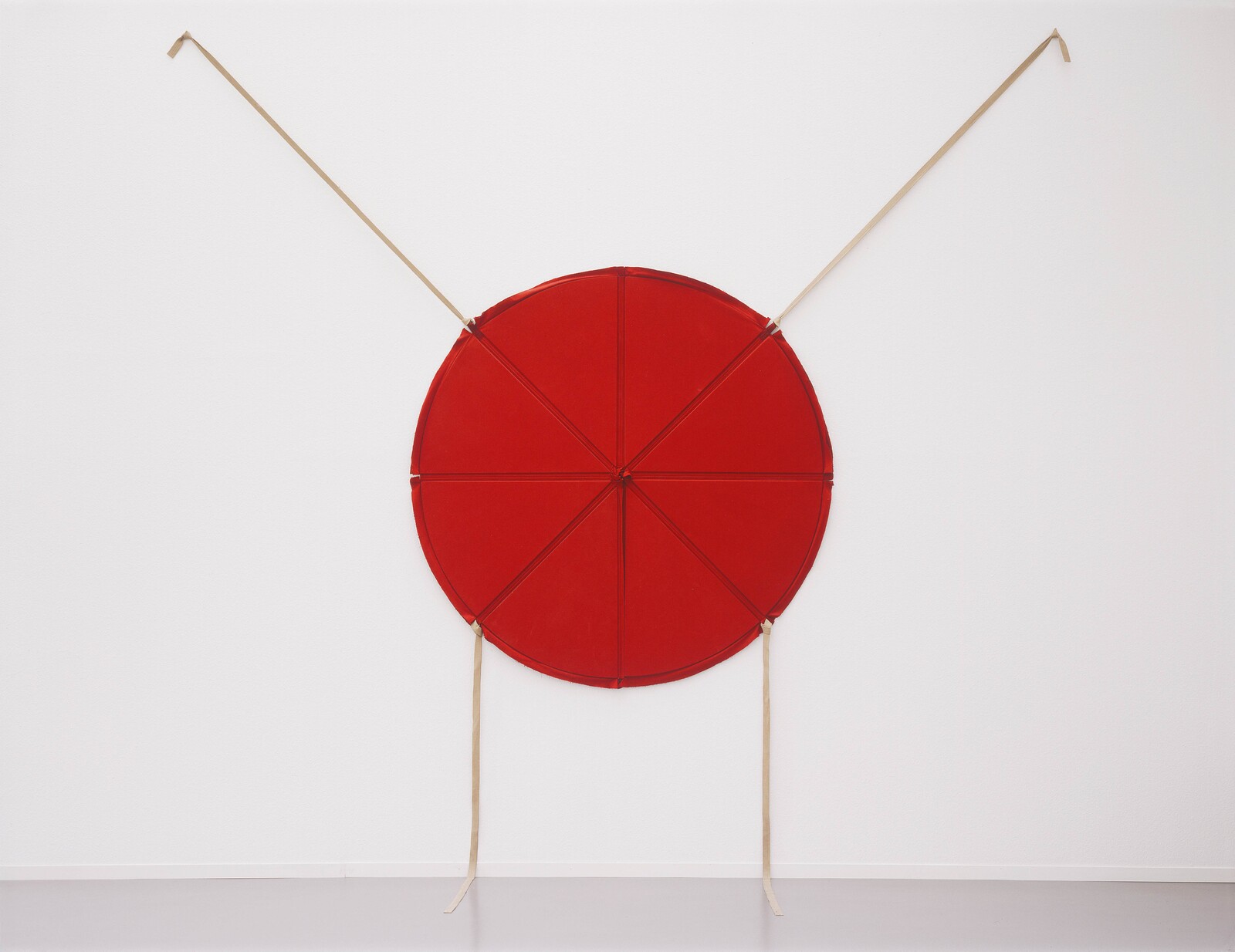January 1–July 31, 2020
Prinzregentenstrasse 1
80538 Munich
Germany
Hours: Wednesday–Monday 10am–8pm,
Thursday 10am–10pm
T +49 89 21127113
mail@hausderkunst.de
Capsule 11: Sung Tieu. Zugzwang
Capsule 12: Monira Al Qadiri. Holy Quarter
January 31-June 21, 2020
The German-Vietnamese artist Sung Tieu investigates in Capsule 11 the psychological dynamics of administrative law and the politics of its subsequent design aesthetics. The installation Zugzwang creates a space of instability which highlights how the governmental industrial complex has perverted the notion of “form follows function” into a complete suppression of civil disobedience in the presence of the bureaucratic apparatus.
For Capsule 12, Monira Al Qadiri has produced nine sculptures, and a new virtuoso film, Holy Quarter, shot in the world’s largest desert region, the Rub’ al Khali between Saudi Arabia, Oman and Yemen. Al Qadiri is concerned with dissension as a consequence of prosperity, repressive religious beliefs and magical thinking. For the first time Al Qadiri is centering on the myth-enshrouded places such as the Majlis al Jinn cave, in order to recover lost stories and the tales of ancestors.
Brainwashed
Sammlung Goetz in Haus der Kunst
January 31-June 28, 2020
Brainwashed is dedicated to the pop cultural phenomenon of the mainstream, which reached its climax in the early 2000s. The exhibition explores the question as to which manipulative strategies in pluralistic societies were able to create a media consonance, a tone-setting taste in culture, including the propagation of political convictions or even hegemonic views of history.
With works by Assume Vivid Astro Focus, A K Dolven, Cheryl Donegan, Ryan Gander, Jonathan Horowitz, Pierre Huyghe, Bjørn Melhus, Tracey Moffatt & Gary Hillberg, Shana Moulton, Seth Price, Paul Pfeiffer, Pipilotti Rist und Ryan Trecartin.
Franz Erhard Walther
Shifting Perspectives
March 6-August 2, 2020
Franz Erhard Walther was a key figure in the conceptual departure from the image in the postwar European avant-garde, and a pioneer of an open concept of the work. Through the inclusion of the audience as an actor as well as the use of elements like place, time, space, body, and language, Walther brought about a radical expansion and combination of artistic means. The visionary significance of his artistic praxis is only becoming clear to the general public as demonstrated by the awarding of the Golden Lion to him at the Venice Biennale in 2017.
The retrospective at Haus der Kunst shows more than 250 works from Walther’s central creative periods. The different lines of development in his oeuvre are comprehensively presented with work activations, so that an amplified reading of his artistic work becomes possible.
Liberté. Egalité. Beyoncé
June 19-October 4, 2020
In 2014 an anonymous sprayer wrote the words “liberté, egalité, Beyoncé” on a wall in Paris positioning the singer not only as a symbol of resistance, but also declaring the close affinity between democracy and pop culture. To achieve freedom of expression and equality of rights remains to be a challenge throughout the world. The exhibition postulates that the public space needs to be occupied by music and bodies that dance and affirm both the freedom of their movements, as well as point to the possibilities of a new political order.
Michael Armitage
July 24, 2020-January 3, 2021
In his large-format, colorful oil paintings, the British-Kenyan artist Michael Armitage compellingly combines traditions of European painting with specific East African cultural themes. In a complex work process Armitage creates syncretic, powerful images that grant space to all aspects of the human condition: violence, sexuality, love, spirituality and dream states. They connect past and present, as well as different continents, and portray a complex picture of the visual imagination of present-day Kenya.
Cyrill Lachauer. I am not sea, I am not land
Sammlung Goetz in Haus der Kunst
July 24, 2020–January 10, 2021
Cyrill Lachauer develops his extensive projects on long journeys, and delves deeply into the local cultures of the places he visits. For the ehibition, Lachauer has created a new multi-part installation, which includes films, videos, photographs and texts. It deals with the idea of land in various forms. Land can signify home and provide roots, or refer to a nourishing piece of earth. It can also, however, lead to inclusion or exclusion when it represents the idea of nationhood.

